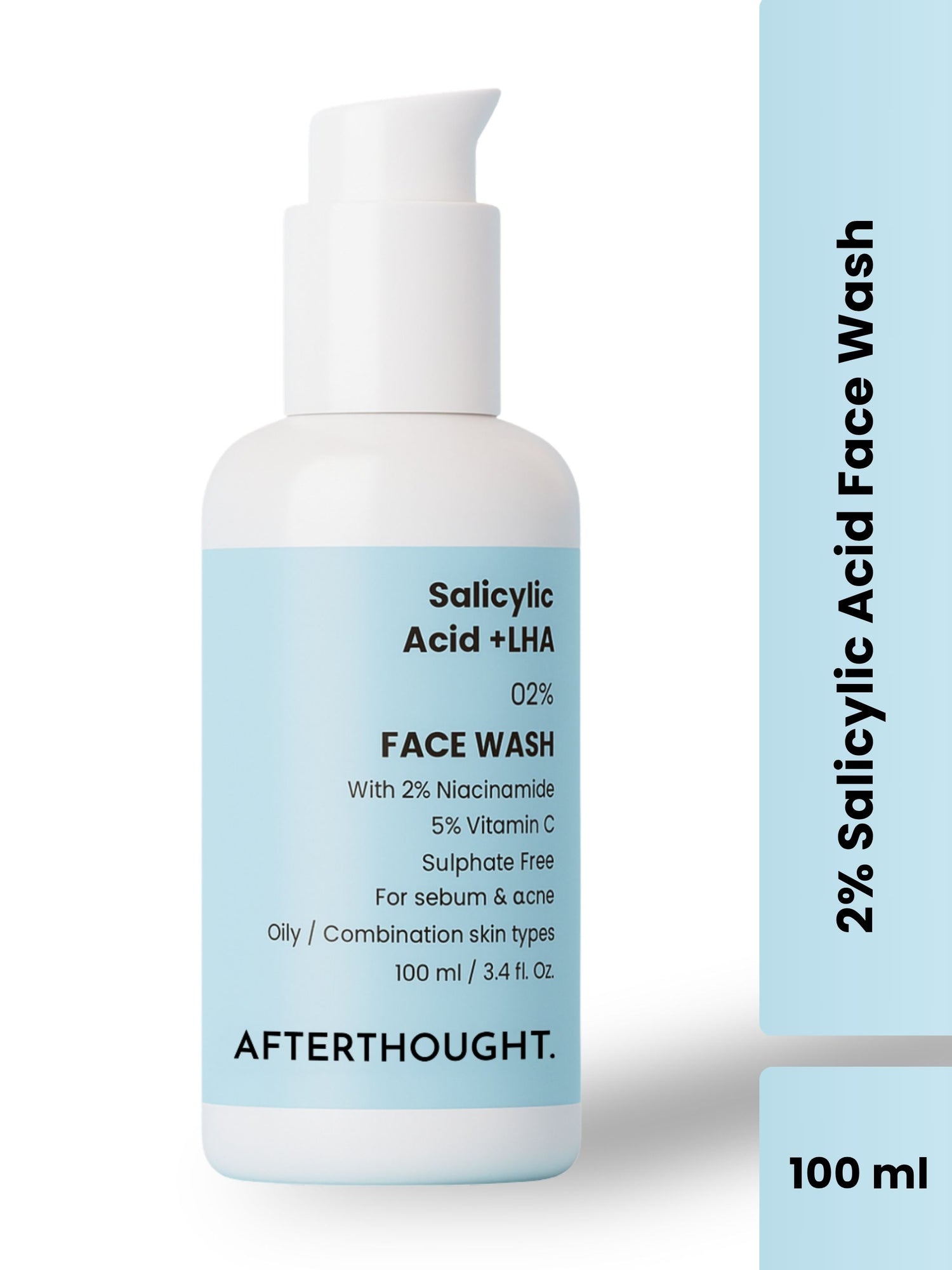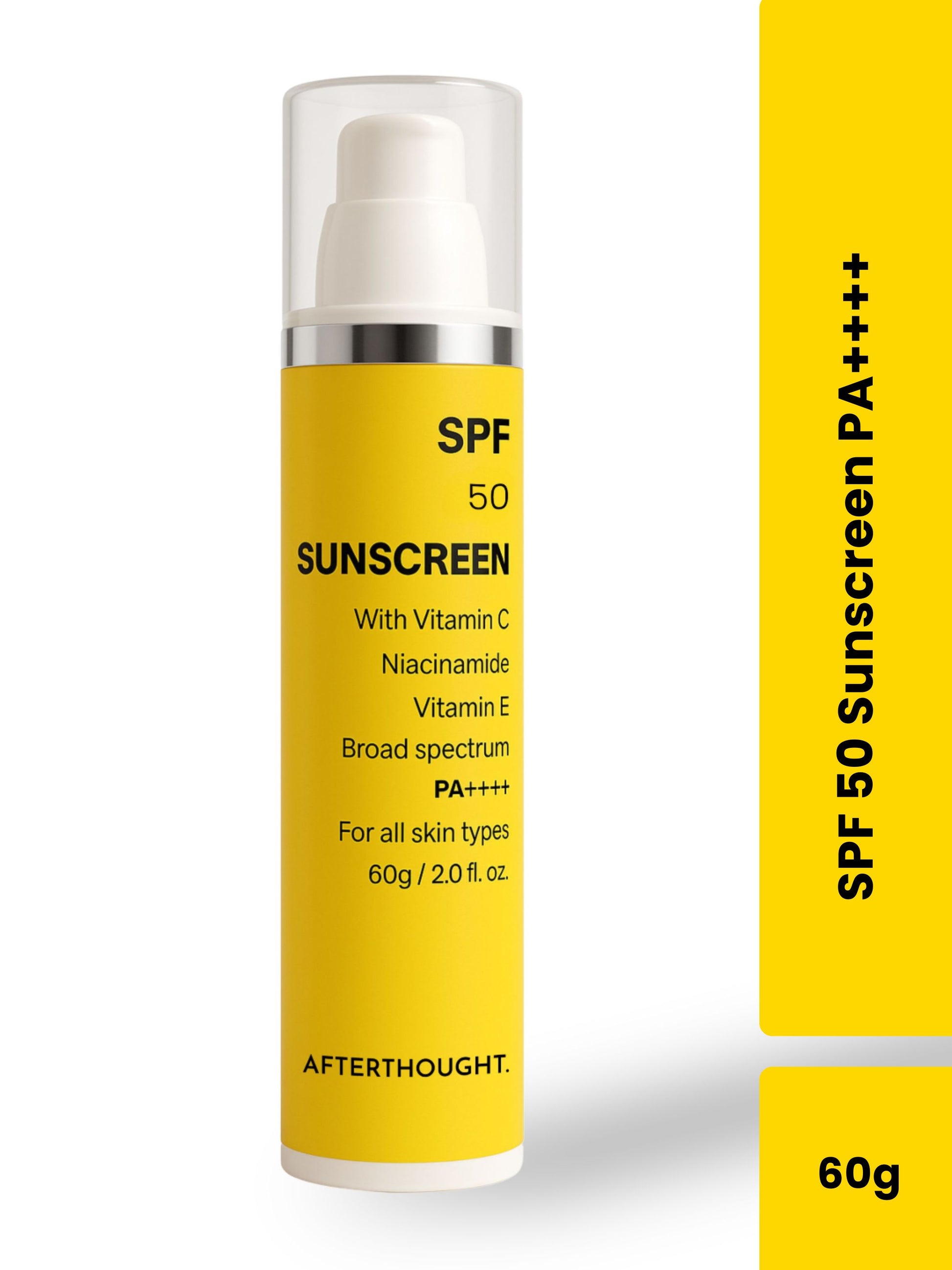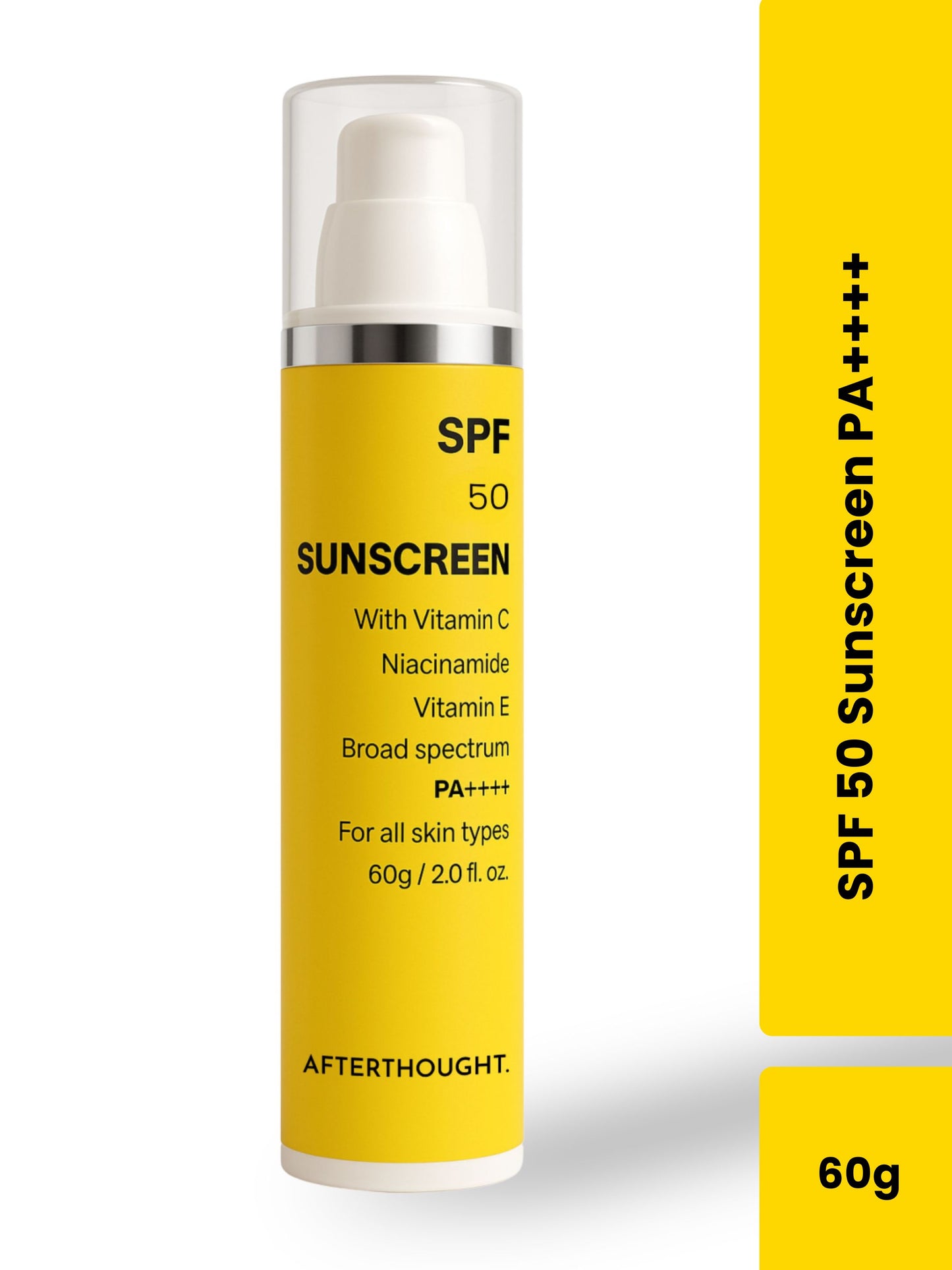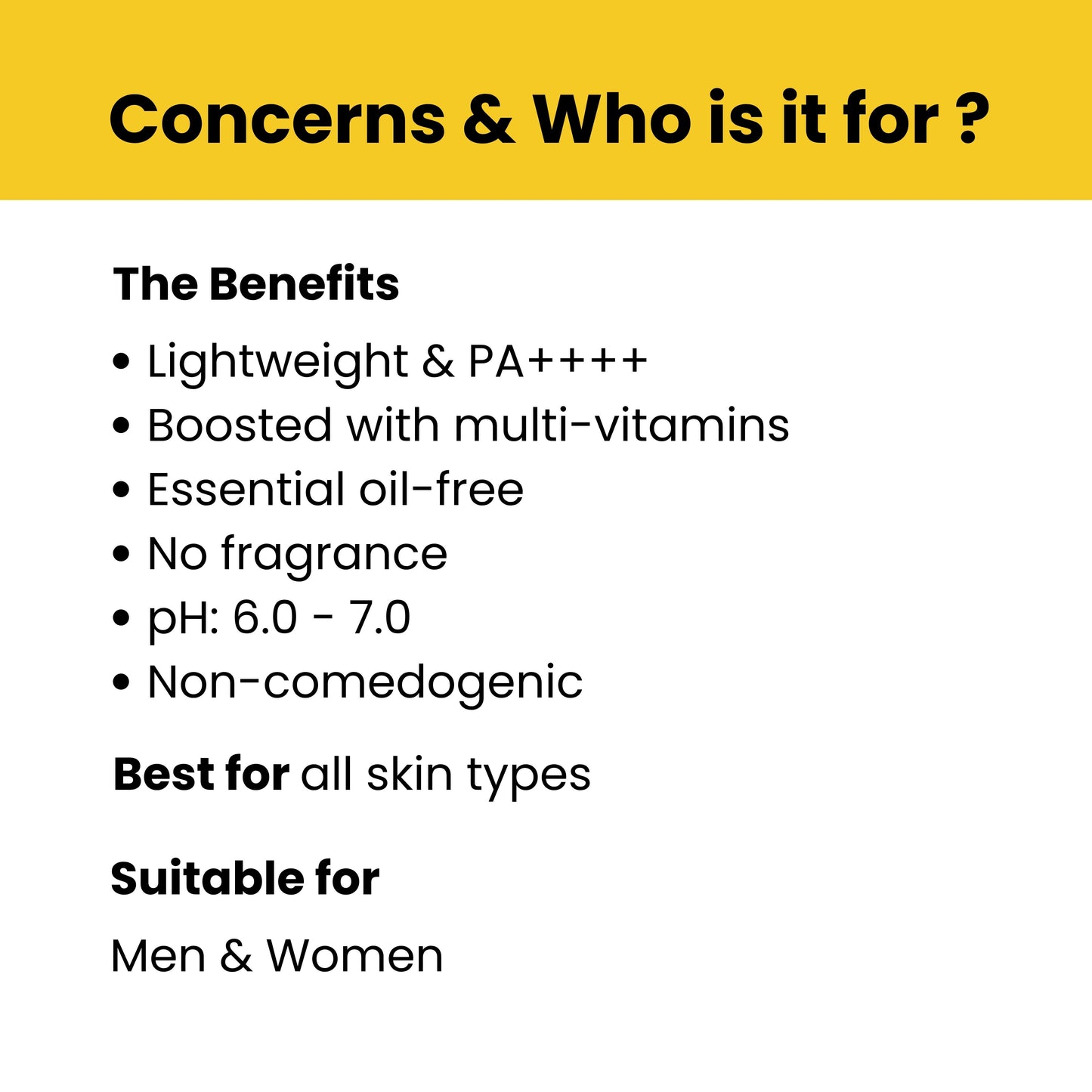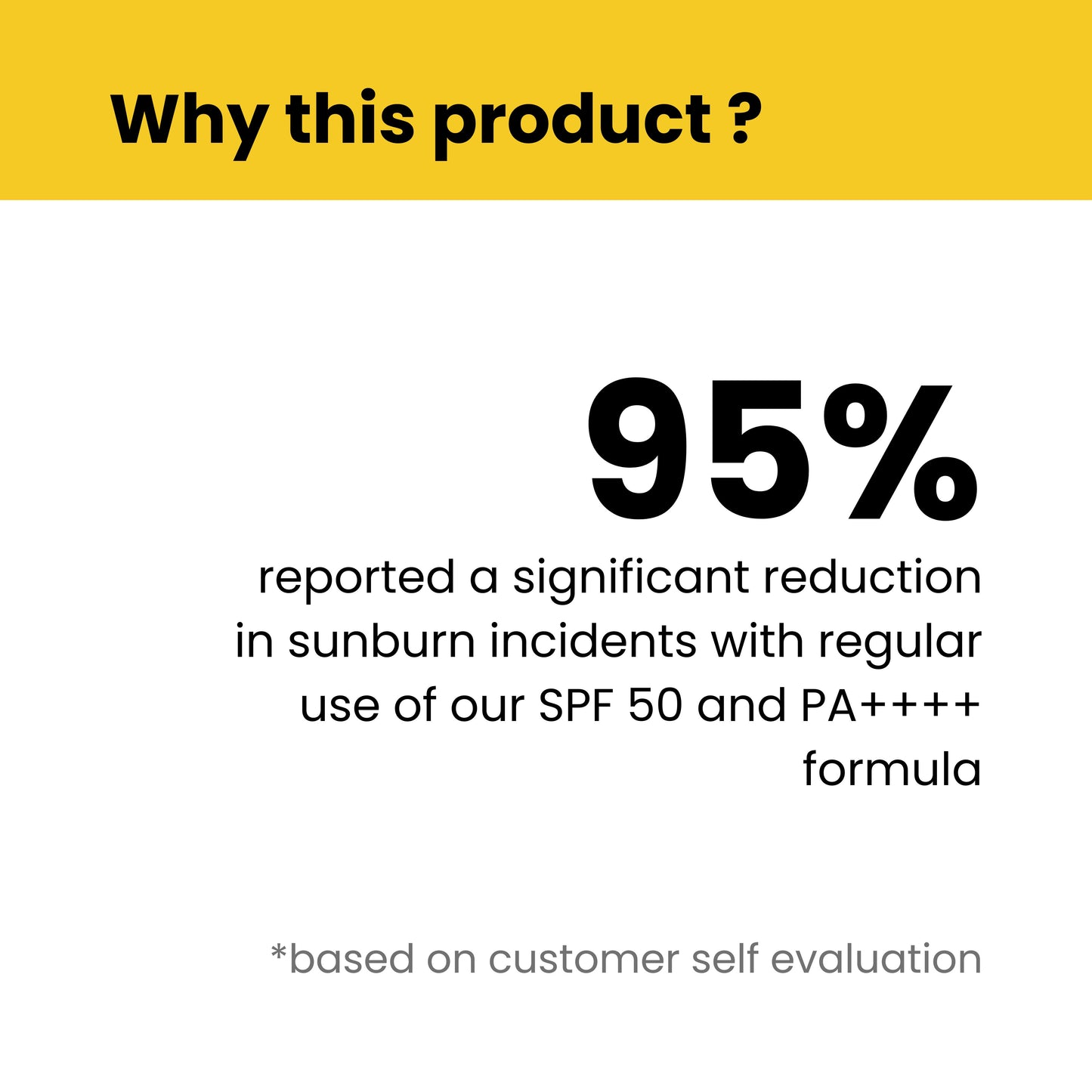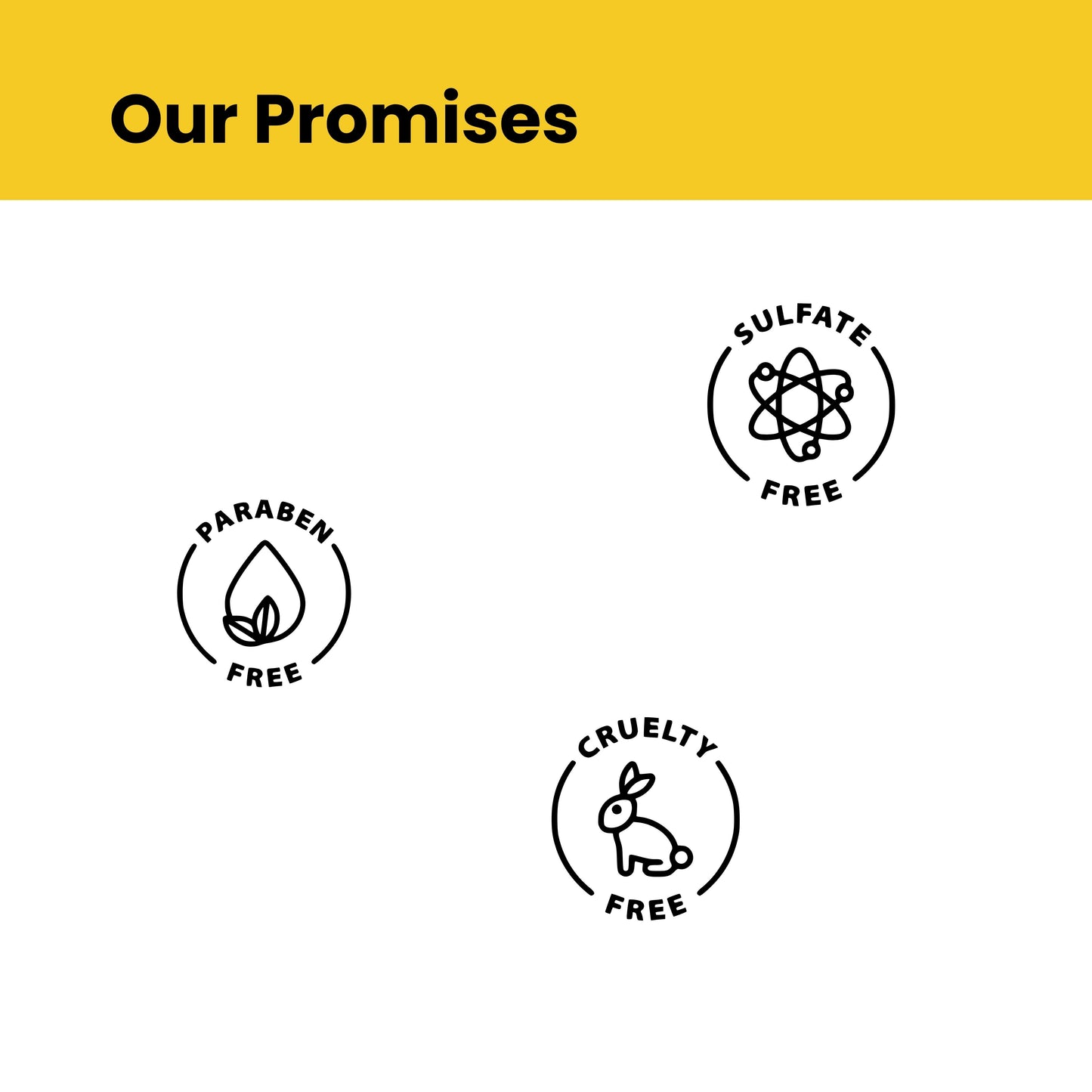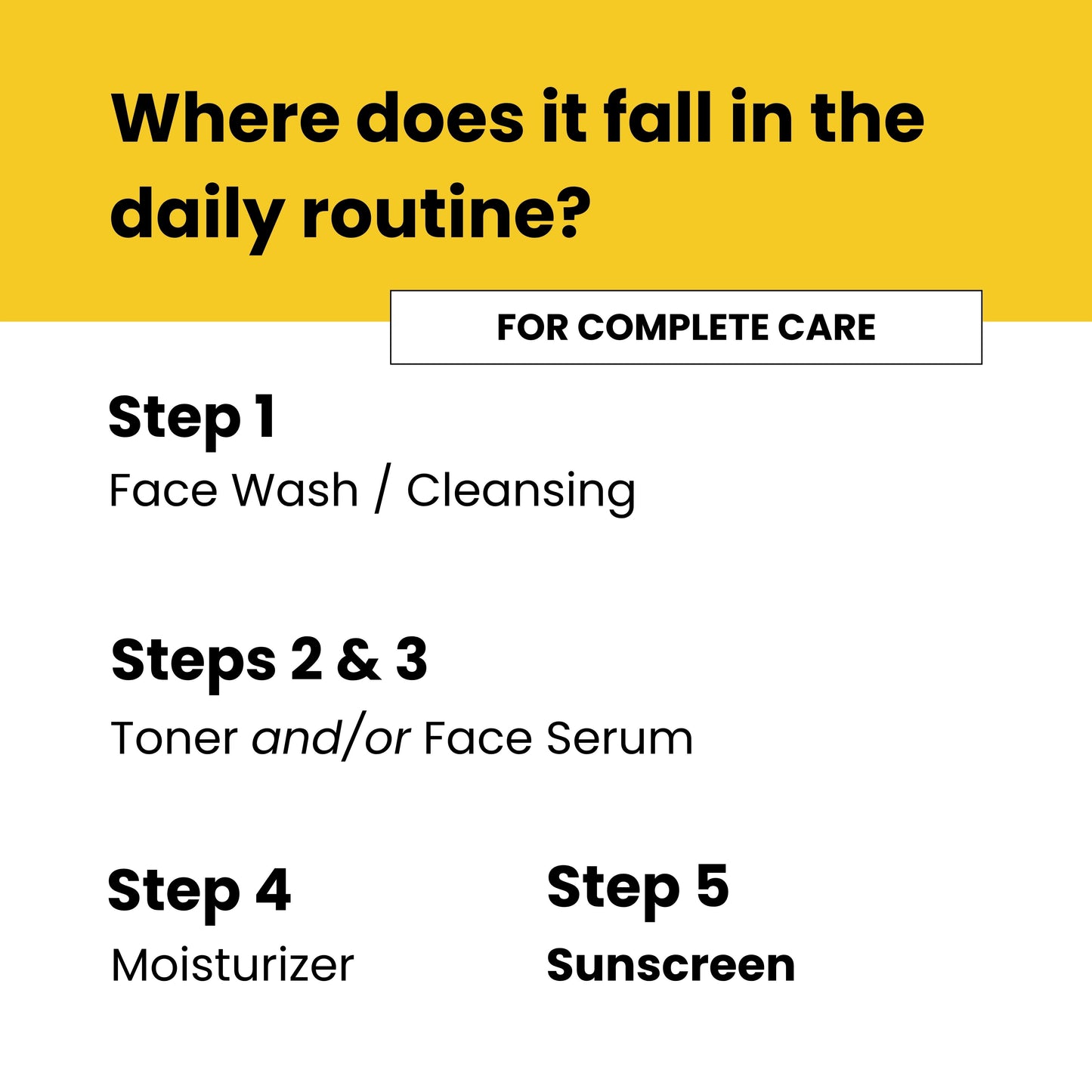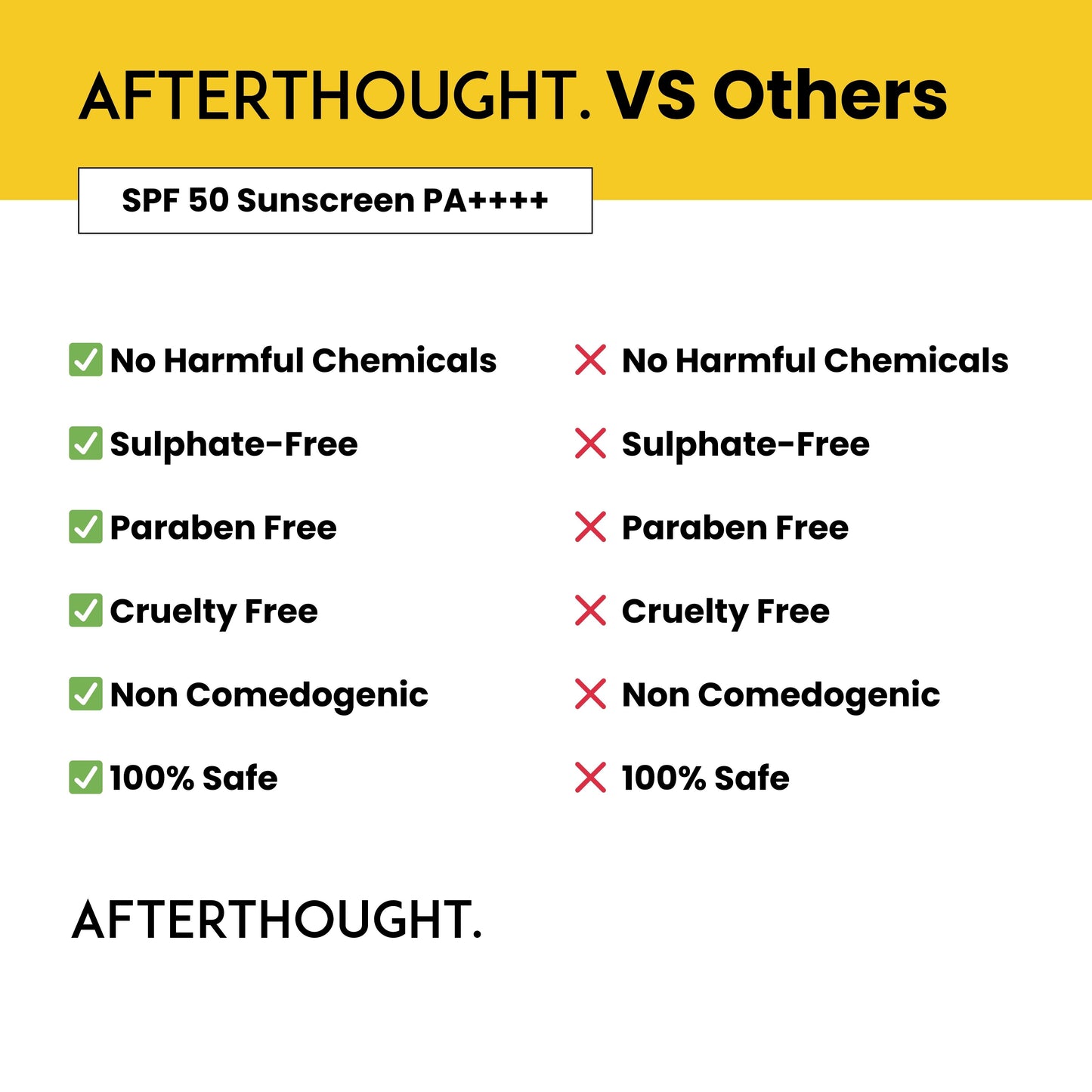What Is SPF and PA In Sunscreen?
SPF, or Sun Protection Factor, is a measure of how well a sunscreen protects against ultraviolet B (UVB) rays, the type of radiation that causes sunburn and contributes to skin cancer. The SPF number on a sunscreen label indicates the level of protection the product provides.
Here’s a simplified way to understand SPF:
- SPF 15: Blocks approximately 93% of UVB rays.
- SPF 30: Blocks about 97% of UVB rays.
- SPF 50: Blocks around 98% of UVB rays.
This percentage refers to the amount of UVB radiation that is blocked by the sunscreen, not the total amount of time you can spend in the sun. For instance, SPF 30 means you can stay in the sun 30 times longer than without protection, but this is a theoretical value. In practice, reapplication is necessary every two hours or after swimming, sweating, or towel drying.
What is PA?
PA, or Protection Grade of UVA, indicates the level of protection a sunscreen provides against ultraviolet A (UVA) rays. UVA rays penetrate the skin more deeply than UVB rays and are primarily responsible for photoaging (wrinkles, sunspots) and contributing to skin cancer. The PA rating system, which originated in Japan, helps consumers understand how well a sunscreen guards against UVA rays.
The PA system is expressed as follows:
- PA+: Provides some protection against UVA rays.
- PA++: Offers moderate protection.
- PA+++: Provides high protection.
- PA++++: Delivers extremely high protection.
Each PA rating reflects the level of UVA protection, with PA++++ offering the highest level of UVA protection available.
Why SPF and PA Matter
Understanding SPF and PA is crucial for selecting the right sunscreen for your skin type and lifestyle. Here’s why:
- SPF for UVB Protection: Ensures your skin is protected from the rays that cause sunburn and contribute to skin cancer. Higher SPF numbers offer greater protection but are not a license to stay in the sun indefinitely.
- PA for UVA Protection: Shields your skin from aging and long-term damage caused by UVA rays. Sunscreens with higher PA ratings provide more effective protection against these harmful rays.
Choosing the Right Sunscreen
When selecting a sunscreen, consider both SPF and PA ratings to ensure comprehensive protection. Here are some tips for choosing the right product:
- Assess Your Skin Type: If you have sensitive skin or are prone to sunburn, opt for a sunscreen with higher SPF and PA ratings.
- Consider Your Activities: If you plan to swim or engage in physical activities, choose a water-resistant sunscreen with a higher SPF.
- Daily Use: Even on cloudy days or when indoors, UVA rays can penetrate through windows, so using a sunscreen with a balanced SPF and PA rating daily can help protect your skin over time.
- Reapplication: No matter the SPF or PA rating, sunscreen should be reapplied every two hours or after sweating or swimming to maintain protection.
Final Thoughts
Incorporating sunscreen with appropriate SPF and PA ratings into your daily skincare routine is essential for maintaining healthy skin and preventing sun-induced damage.
By understanding these labels and selecting a sunscreen that offers broad-spectrum protection, you can safeguard your skin from both short-term and long-term effects of sun exposure.
Remember, while SPF and PA are critical factors, a comprehensive sun protection strategy also includes seeking shade, wearing protective clothing, and avoiding peak sun hours.
With the right sunscreen and sun protection practices, you can enjoy the outdoors safely and keep your skin looking its best.
Also Read: What Is The Best Sunscreen For Combination Skin?
